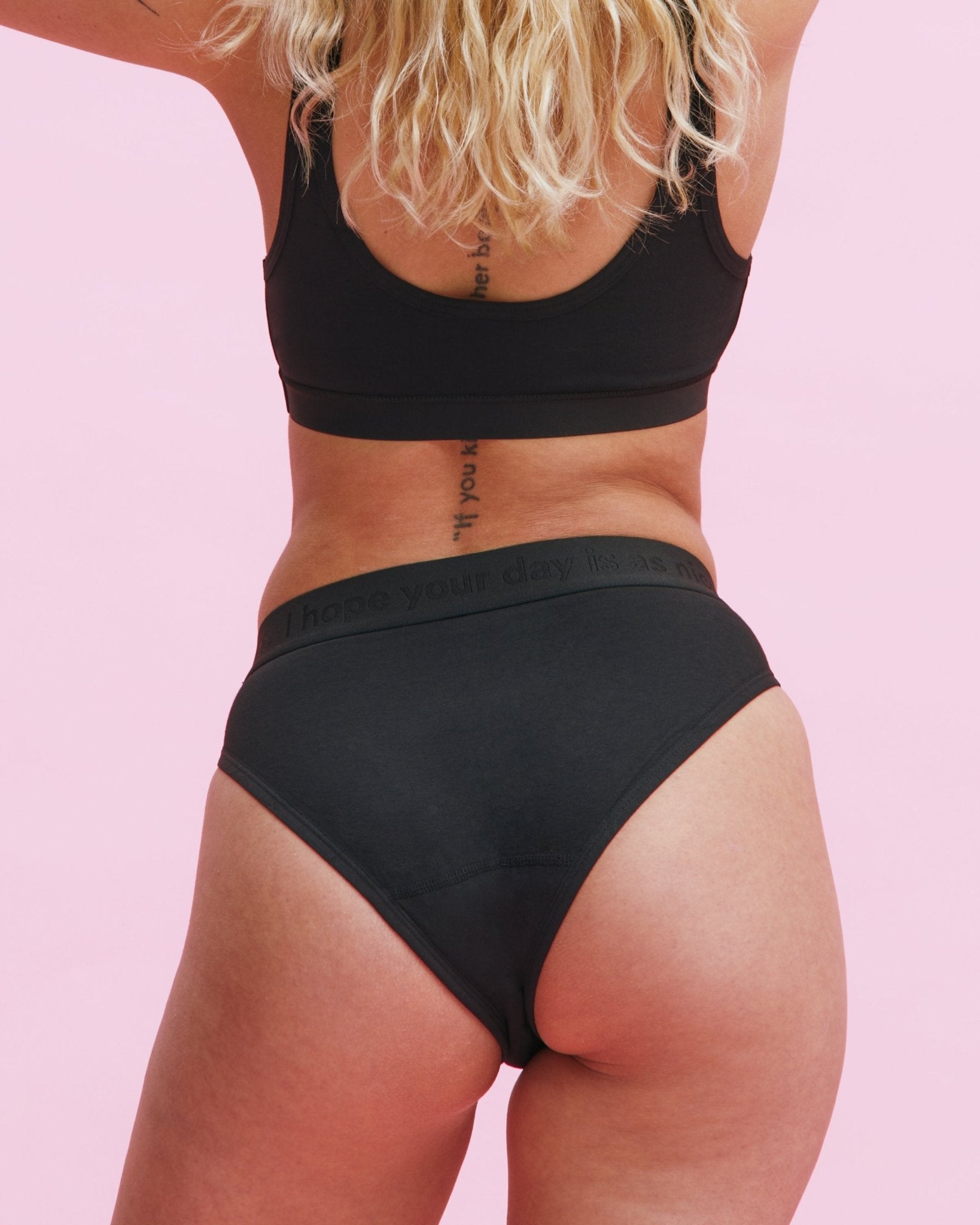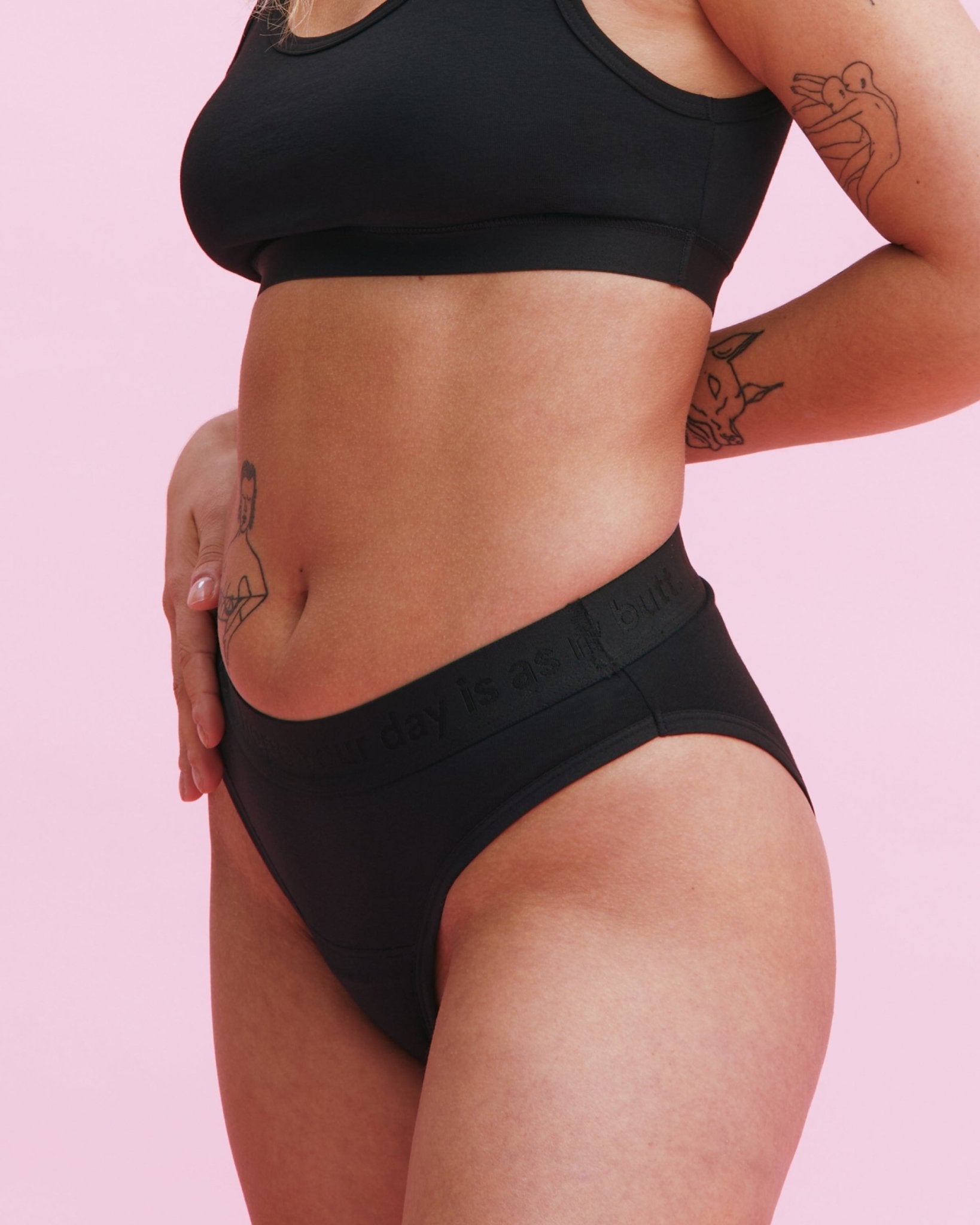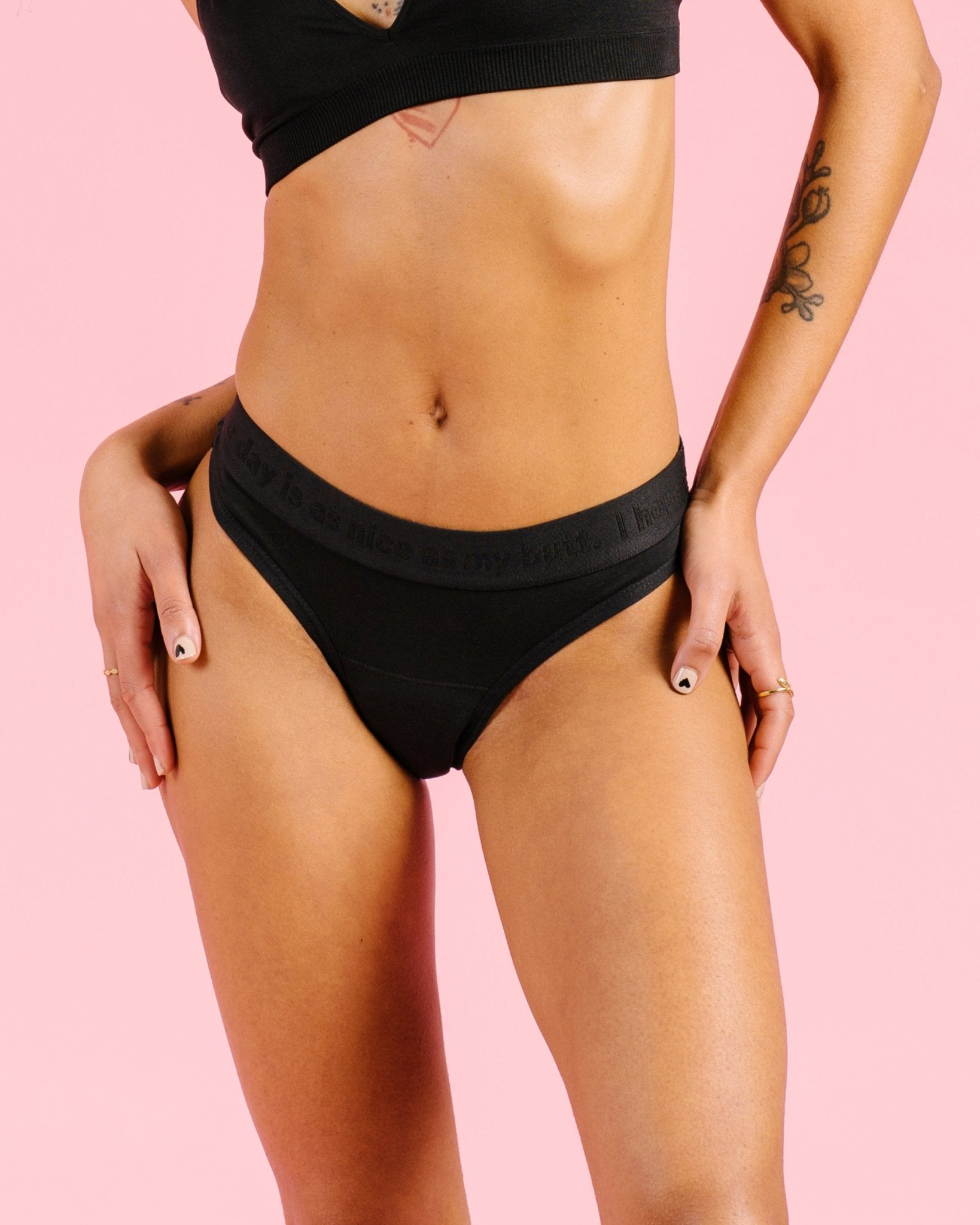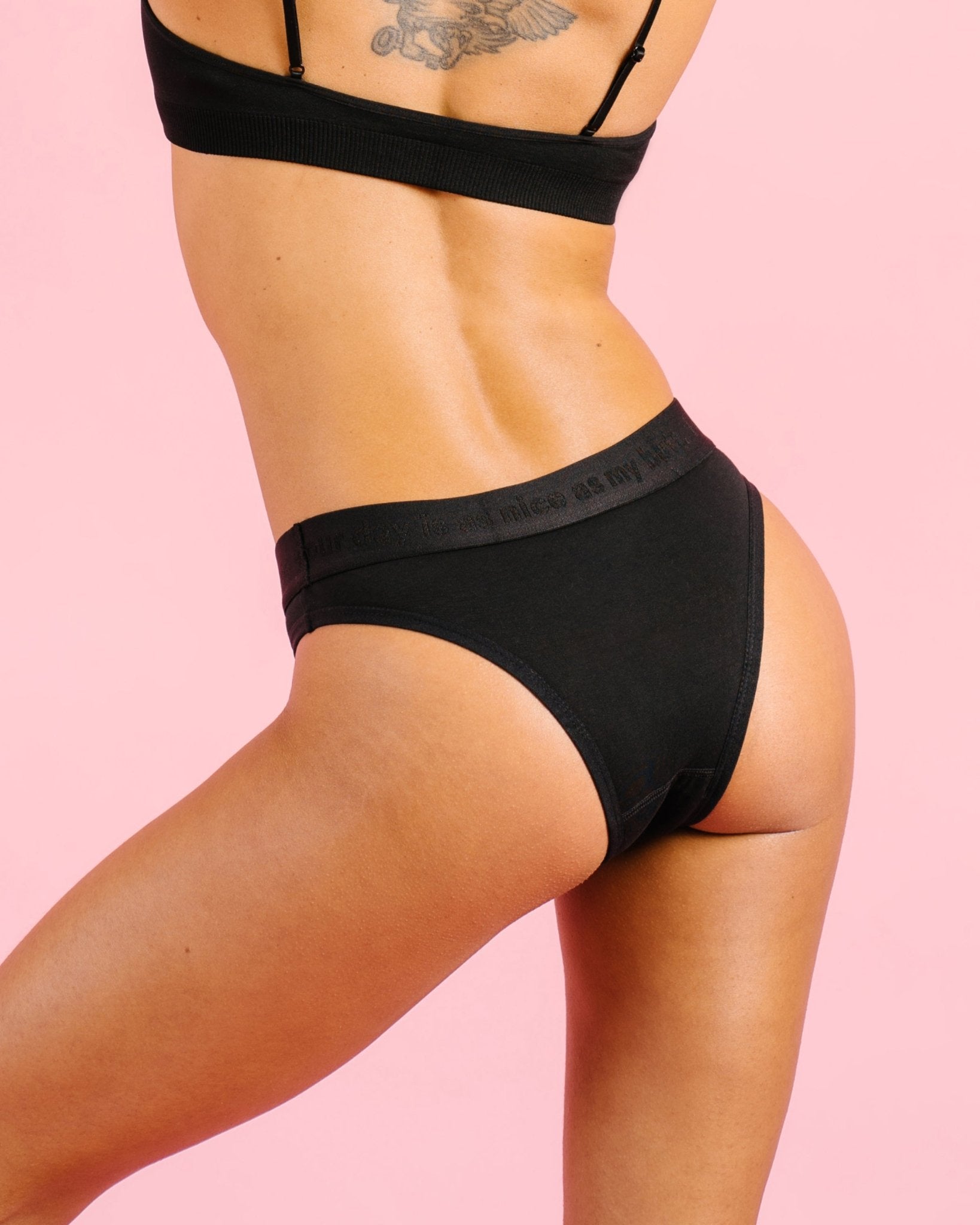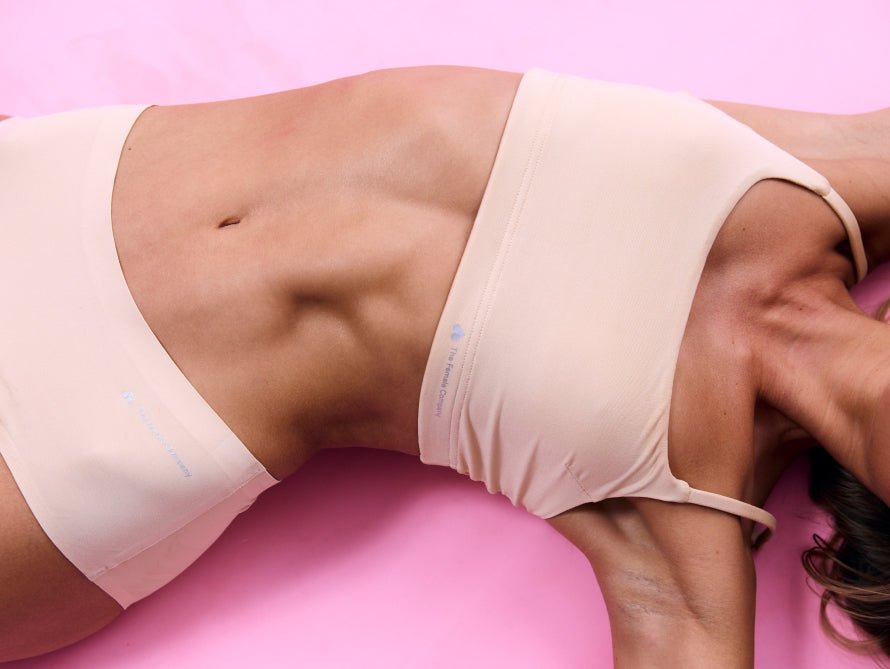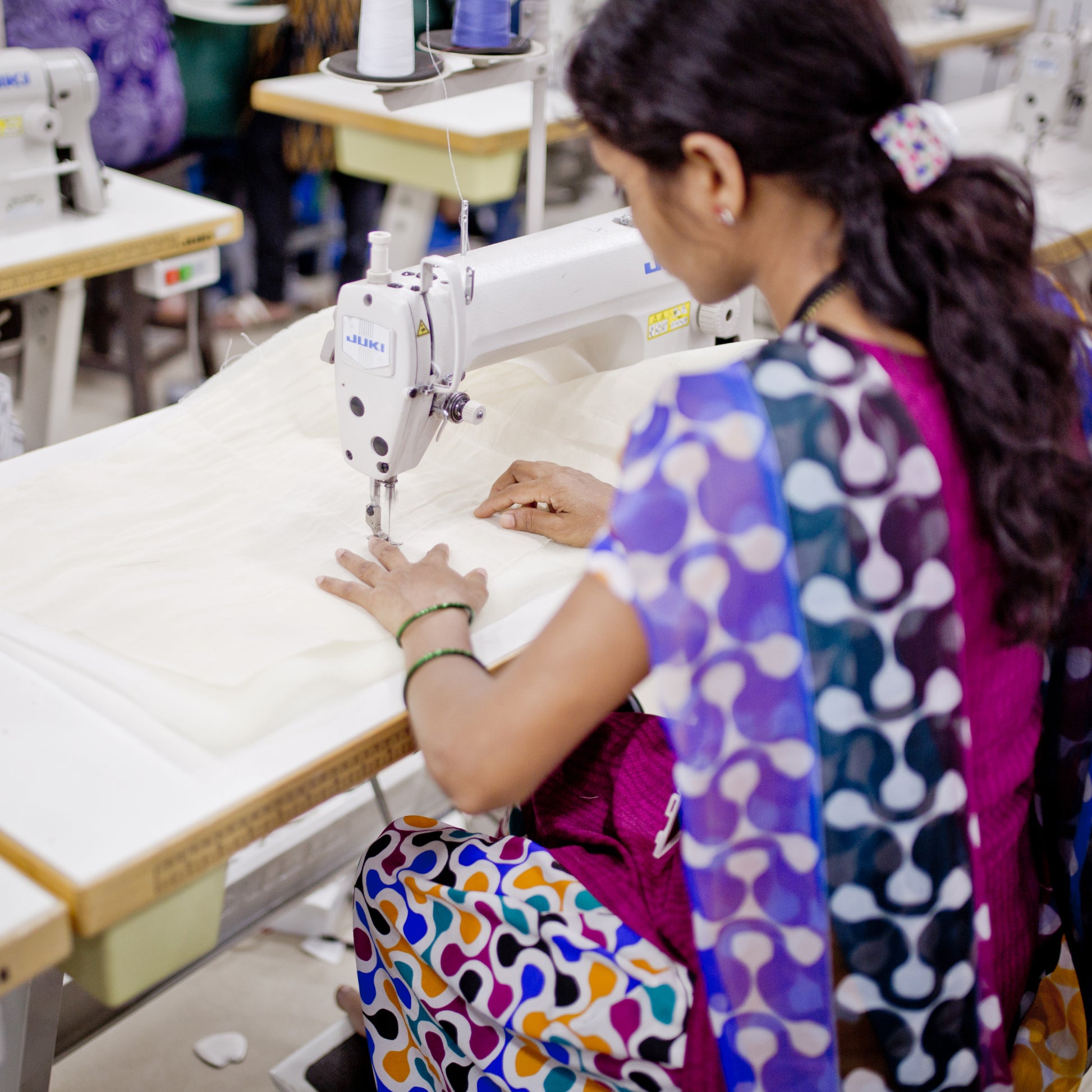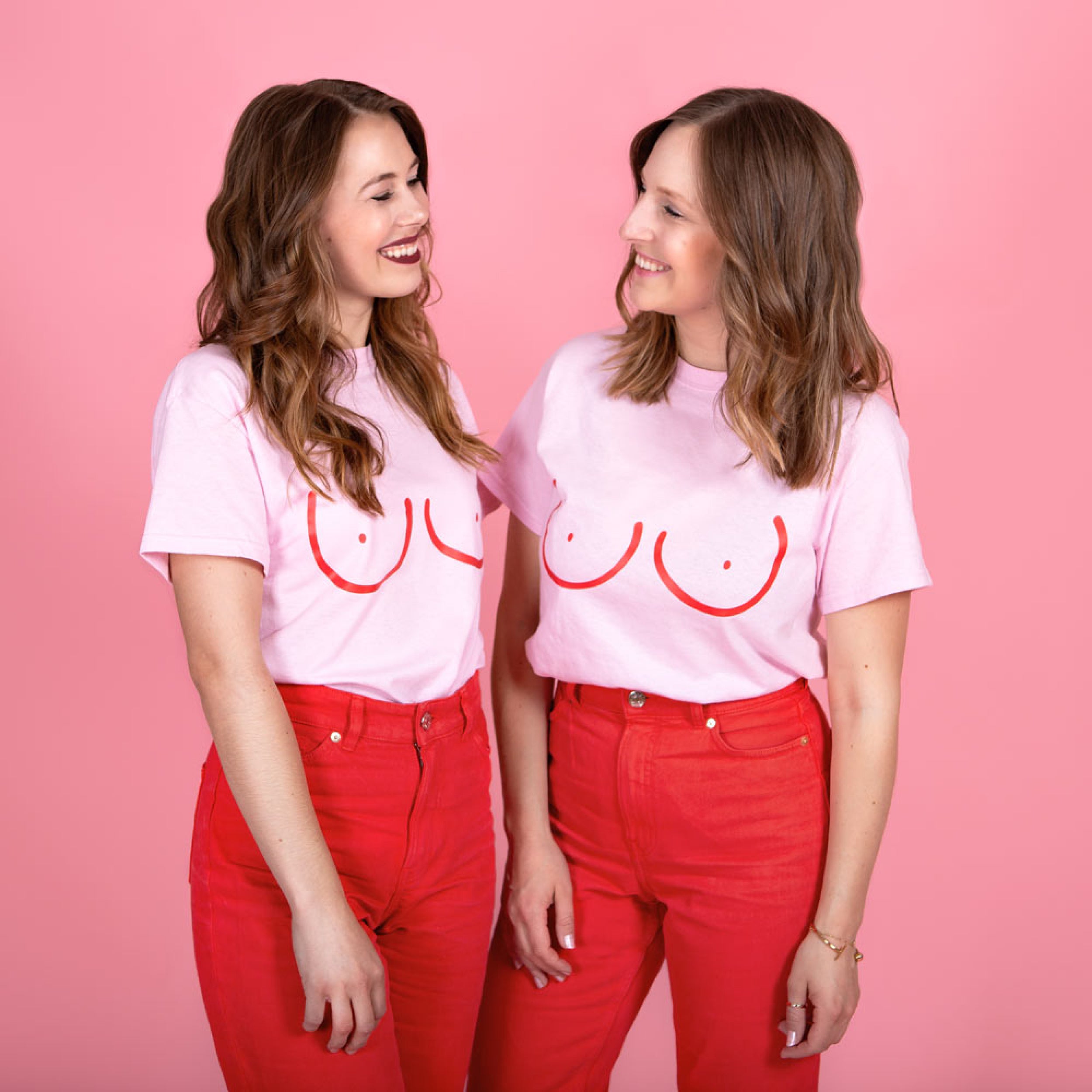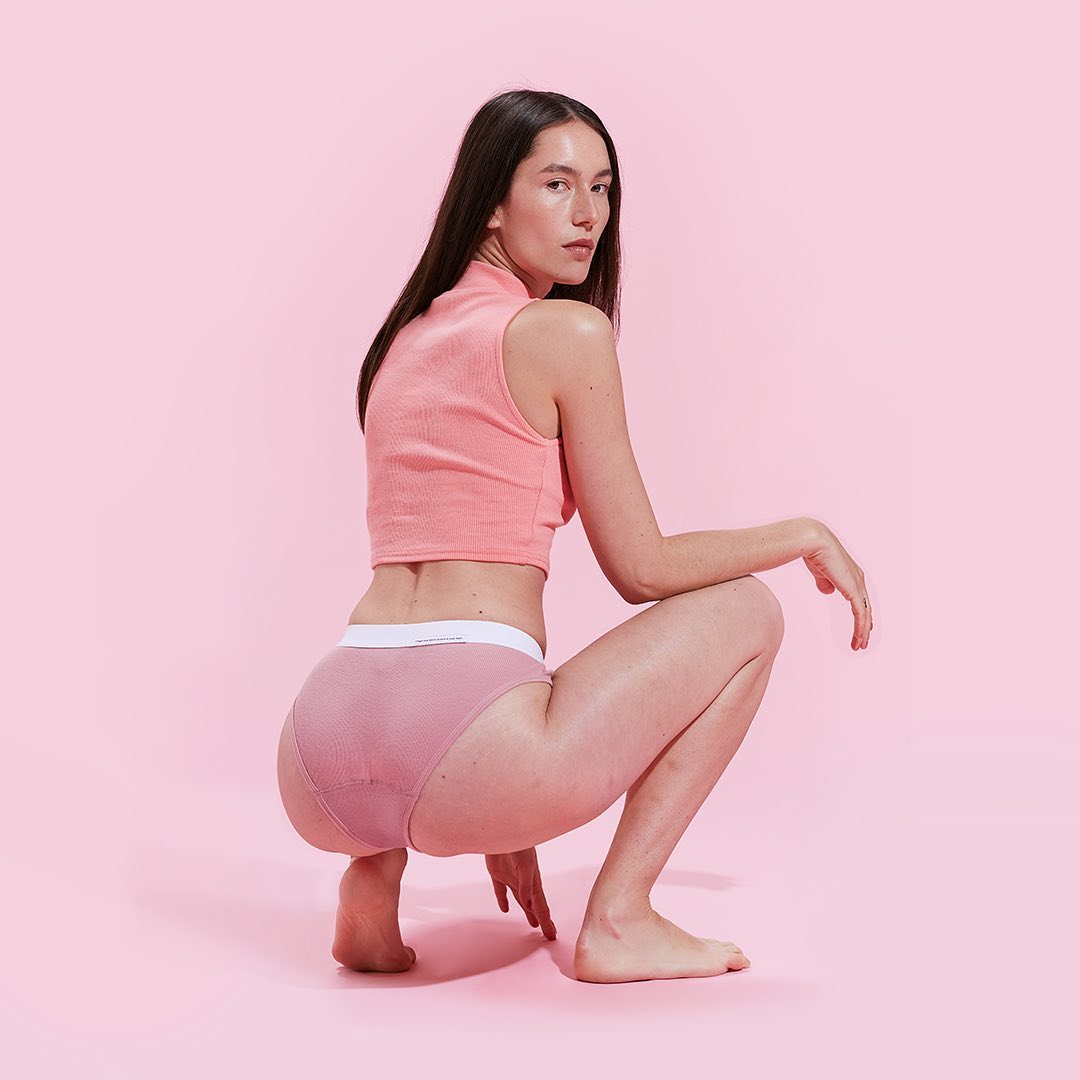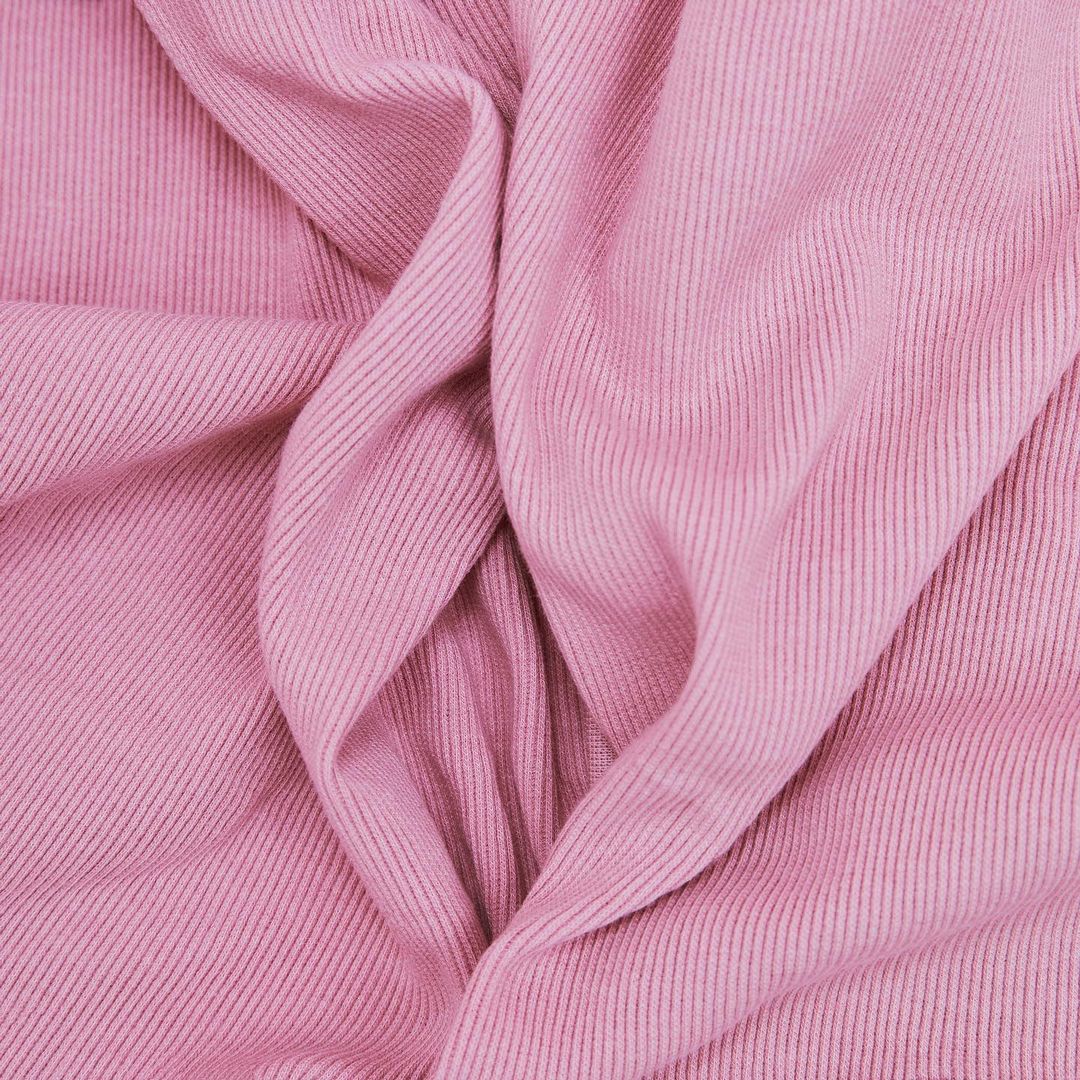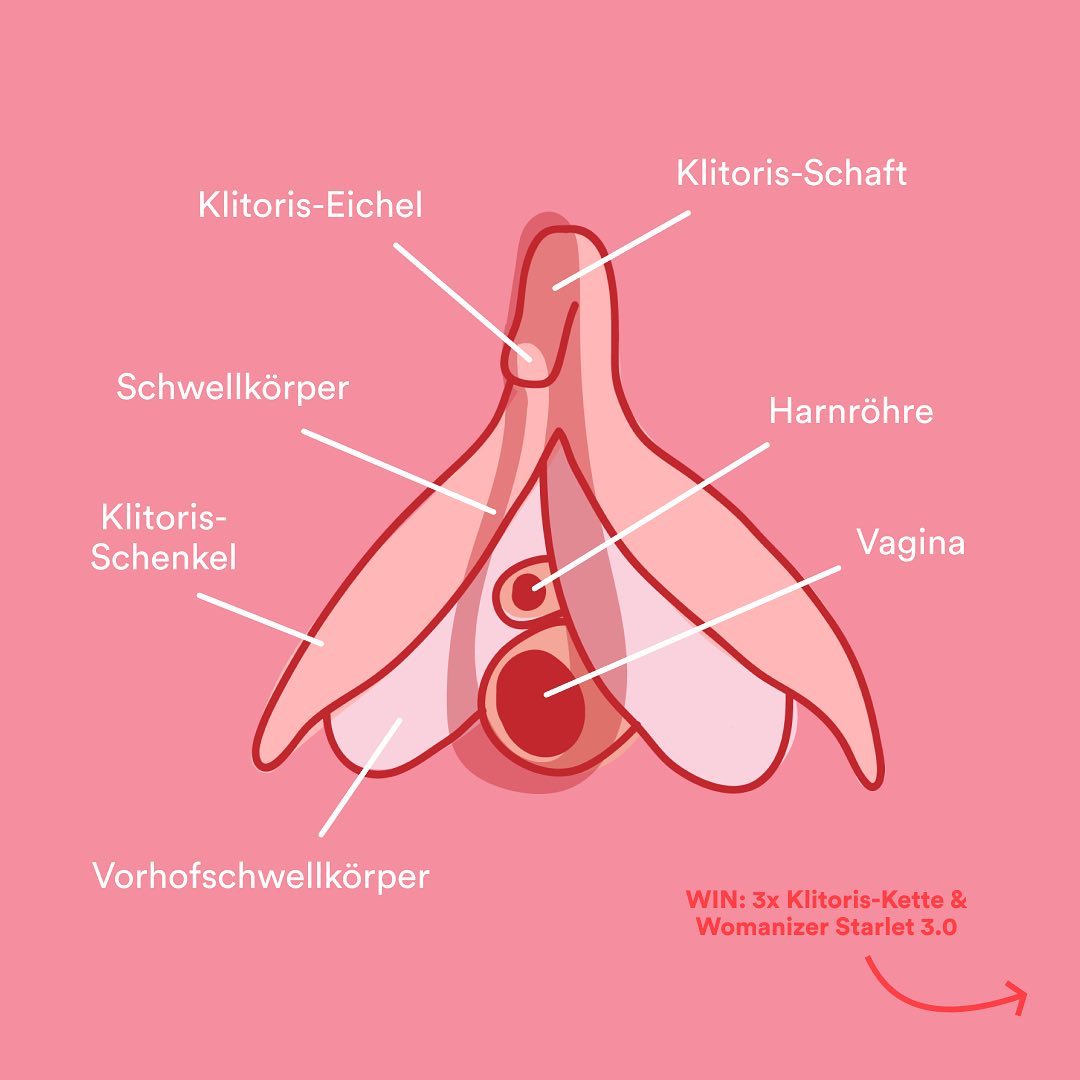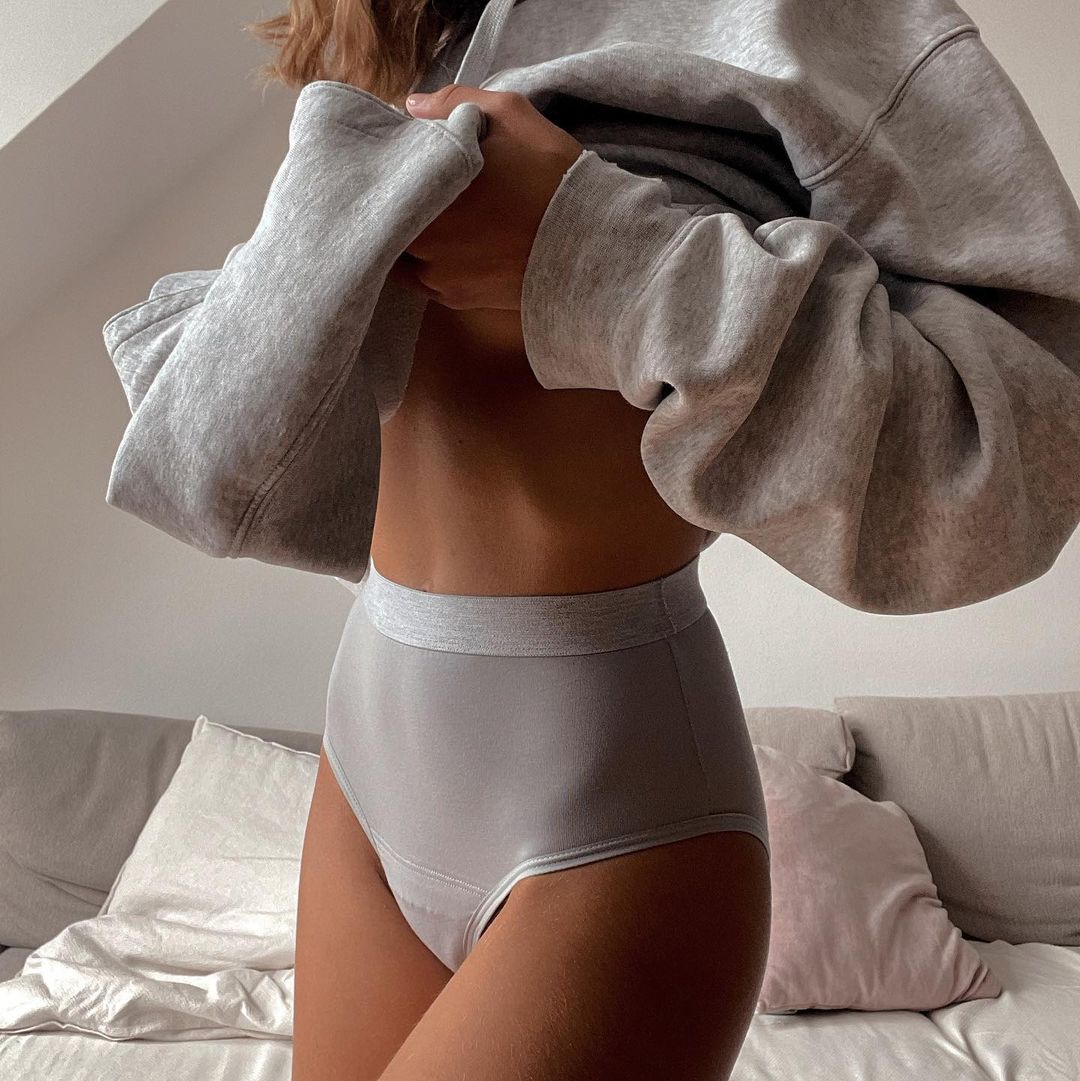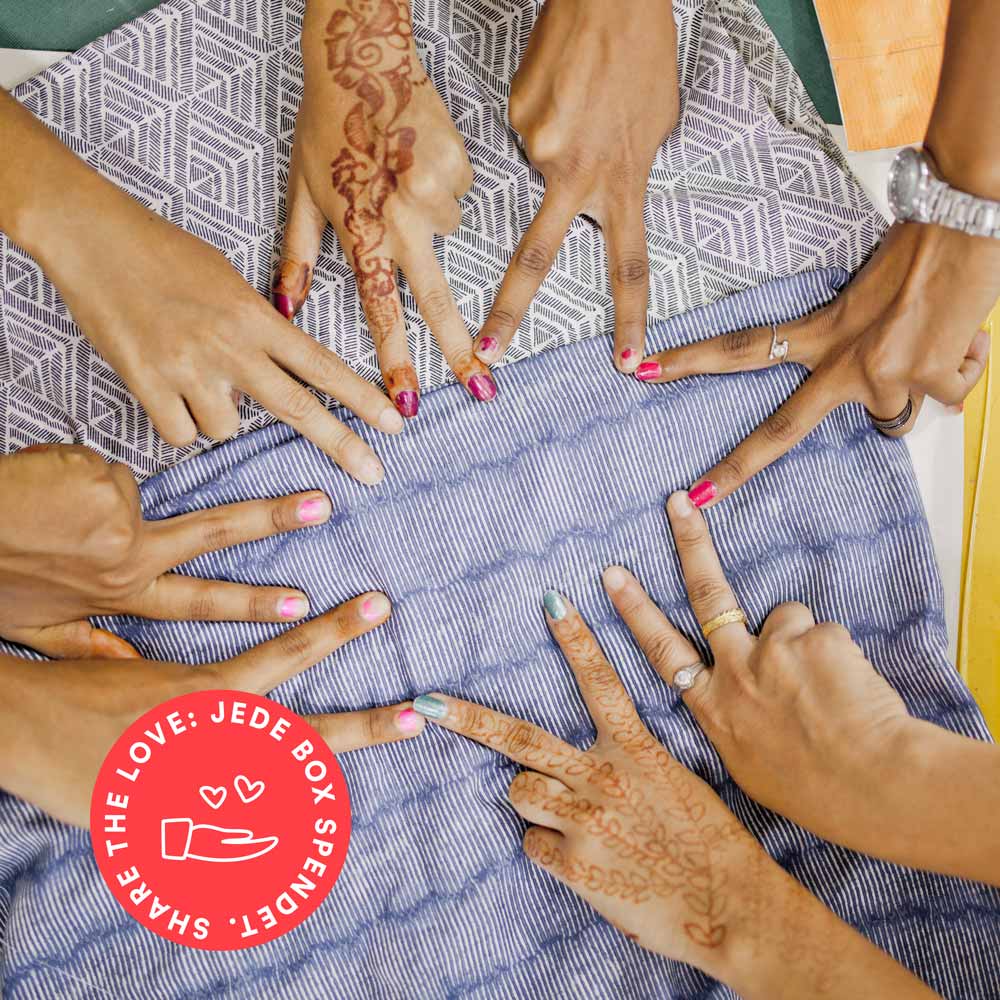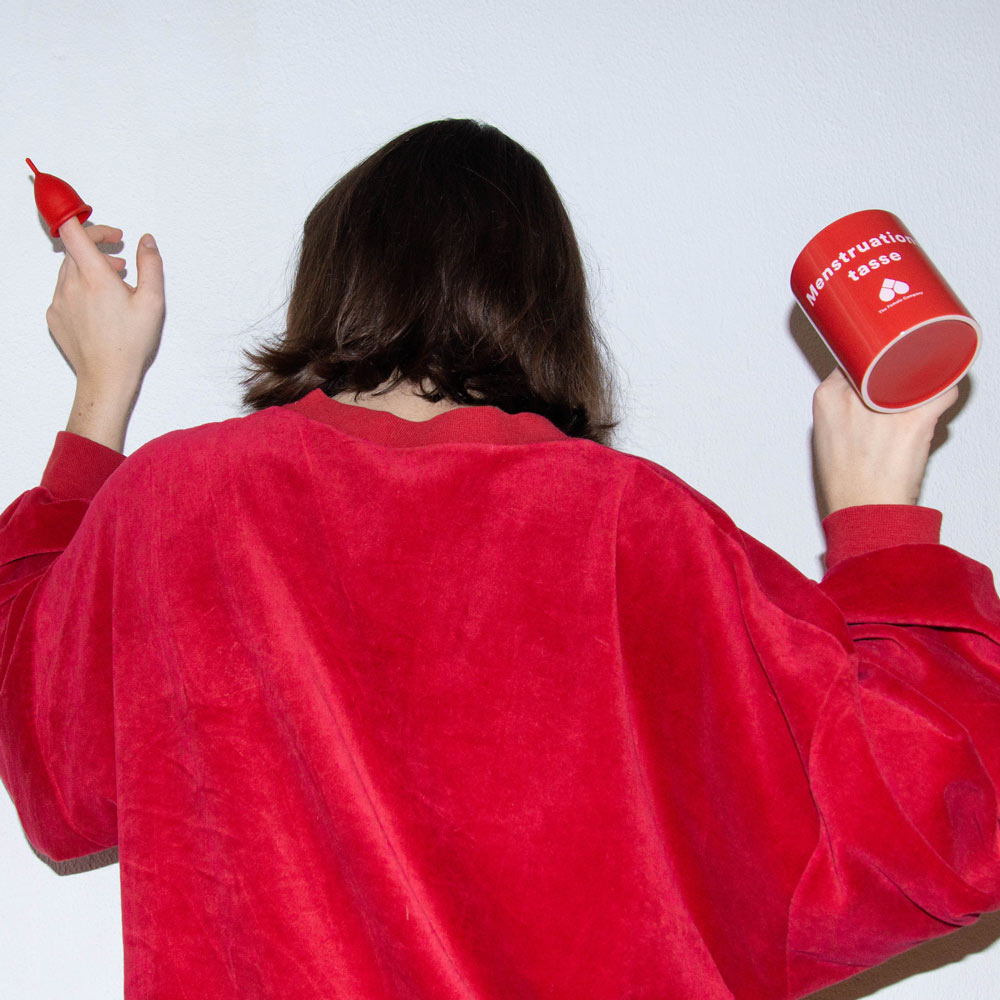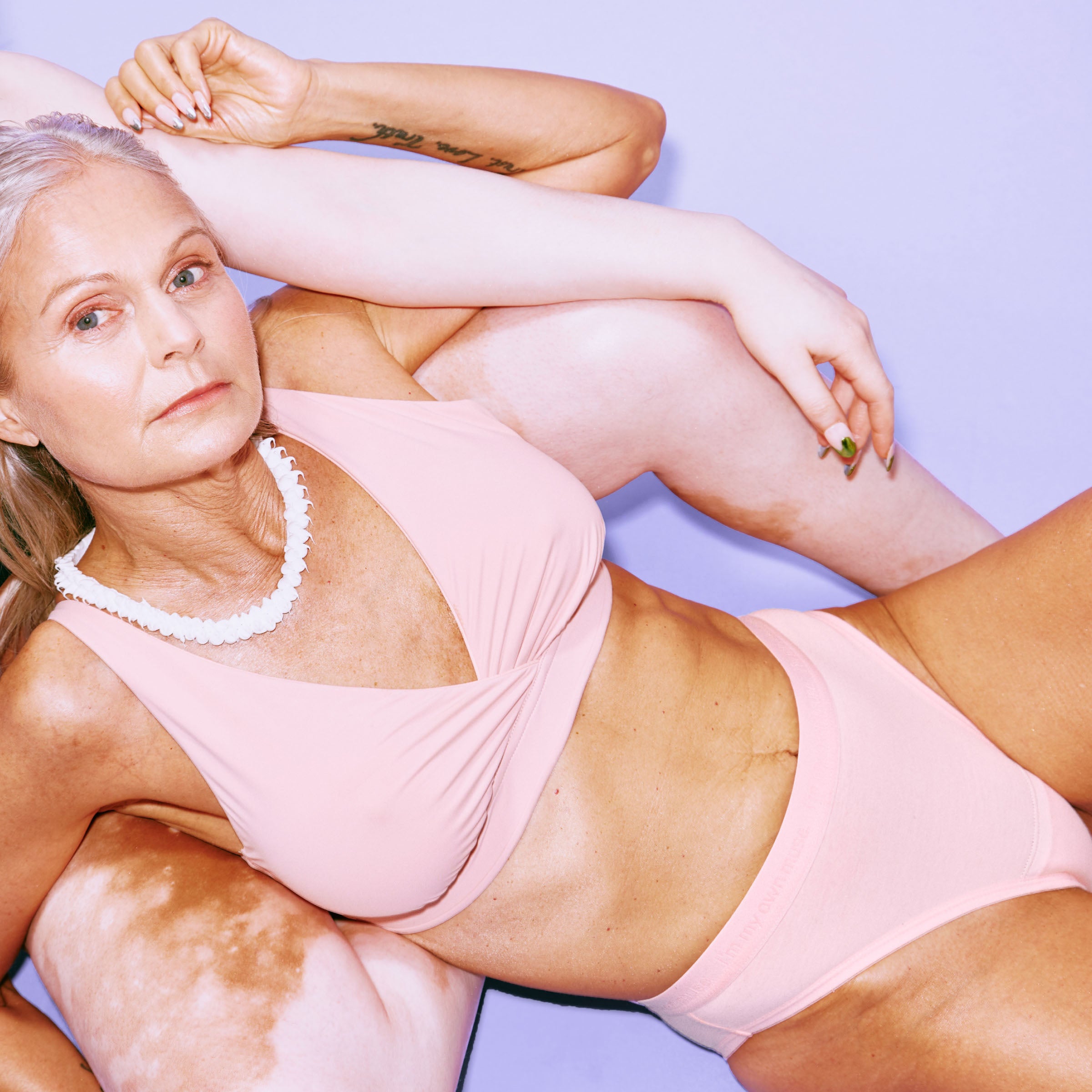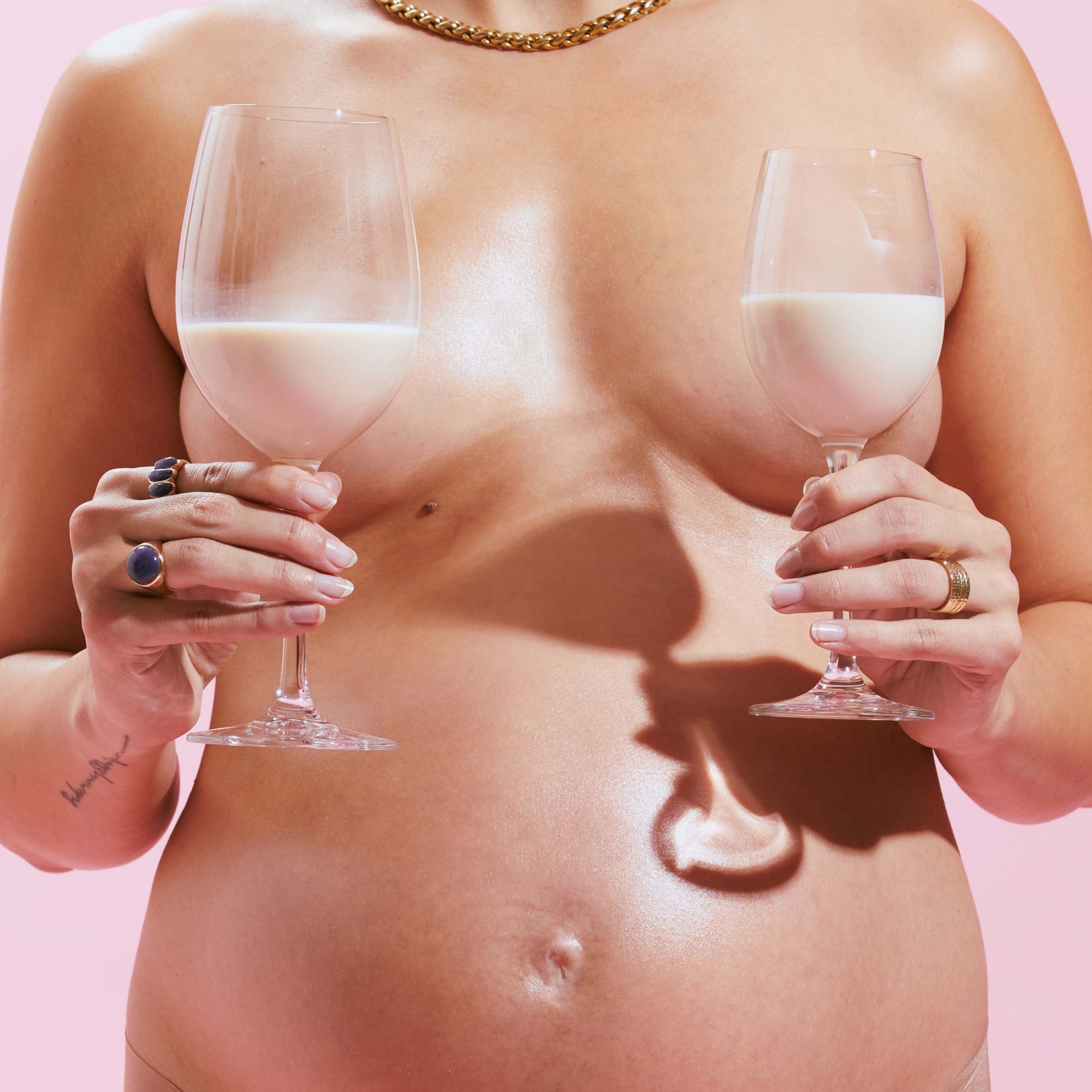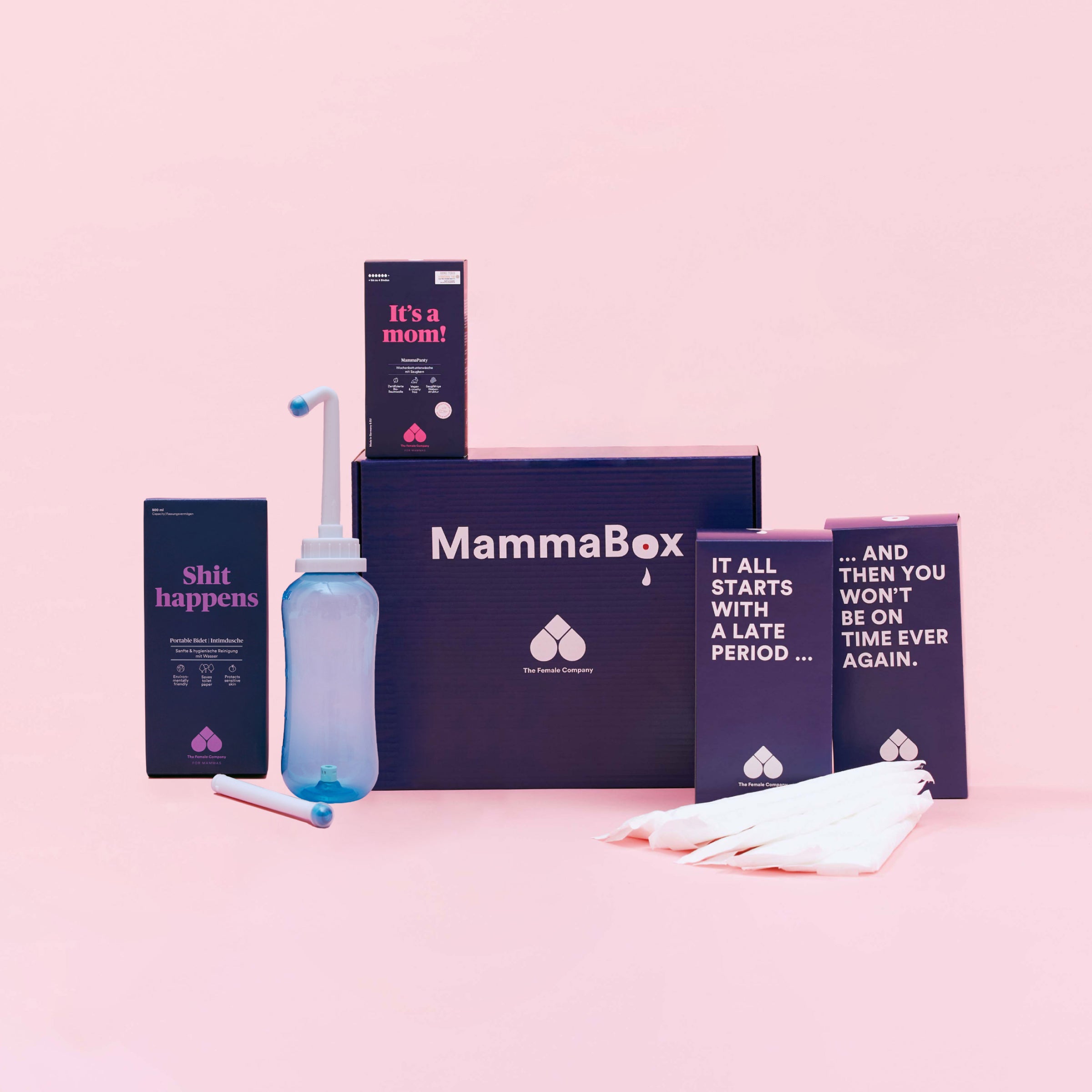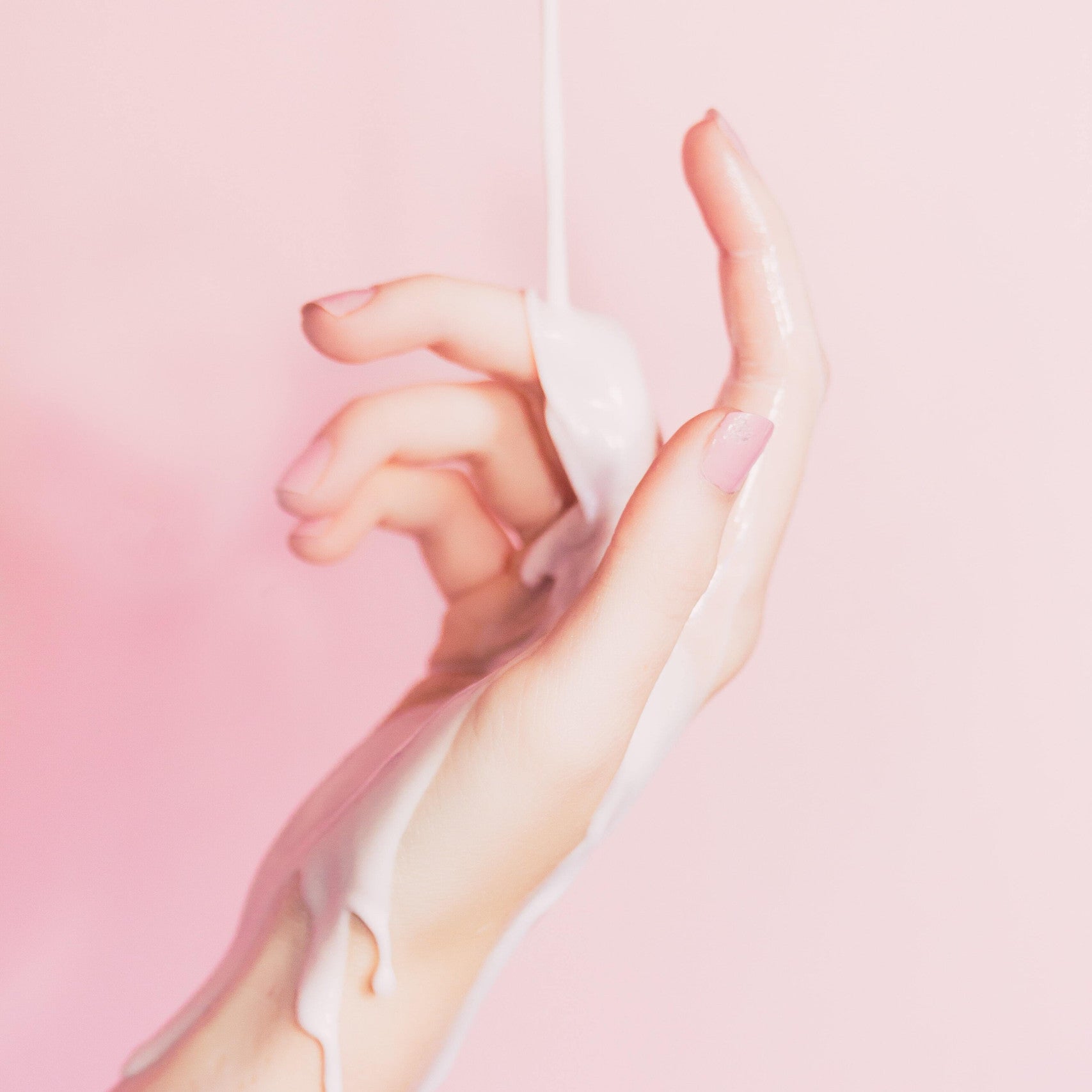Why are female nipples taboo in public and on social media? While male nipples can be shown freely, female nipples are subject to strict censorship . For example, we would like to show you how to palpate and examine the breast using the female breast as an example, but we cannot easily show such content. Why is there nipple censorship? And what is "Free the Nipple" all about?
Female nipples are strictly censored on social media and in public, while male nipples are freely displayed.
The censorship of female nipples has historical and cultural origins. The female breast was once considered a symbol of motherhood and nourishment, but it became sexualized during the course of industrialization.
The "Free the Nipple" movement has been fighting for gender equality and against nipple censorship of the female breast for over ten years.
Table of contents
1. The double standard of censoring the female nipple
Nowadays, female nipples are censored on platforms such as Zuckerberg's Meta, or the content is deleted entirely . The platforms have strict guidelines that prohibit the display of female nipples. Male nipples, on the other hand, can be posted without warning. Even in public, such as at the swimming pool, "topless" is usually taboo - but only for the female nipple. A person who is perceived as male can cycle through the city topless. If a person who is perceived as female did this, there would probably be a big outcry. This inconsistent policy regarding nipple censorship leads to an ongoing debate about women's rights to show their bodies freely and raises questions about the double standards in the censorship of male and female bodies.
2. A brief insight into the history of nipple censorship
The censorship of female nipples has historical and cultural roots. In many cultures, female breasts have long been considered symbols of motherhood and nurture, but during the course of industrialization, the perception shifted to an erotic object. This is often described in connection with the term "male gaze," which refers to how media and art, for example, are designed from a male perspective and portray women as objects of male desire. This gaze primarily views women through the lens of male fantasies and expectations, often sexualizing their portrayal and reducing them to their physical attributes. This not only affects society's perception of women, but also how women see and behave themselves, as they often internalize how they are perceived from this male perspective. This sexualization has led to laws restricting the display of female nipples in public. These laws reflect a deep-rooted gender inequality that exists in many societies today. This is where movements like "Free the Nipple" come in handy.
3. Stop nipple censorship: Free the nipple!
Combating the aforementioned gender inequality is complex. The Instagram account @freethenipple collects artwork from various artists and shares political actions for equality from the past and present. The Free The Nipple movement has been around for over ten years and has received support from celebrities such as Miley Cyrus, Lena Dunham, Jennifer Aniston, Rihanna, Cara Delevingne, Emily Ratajkowski, Naomi Campbell and Willow Smith. Filmmaker Lina Esco started this movement in New York City in 2012 while making a documentary in which she herself walked the streets of New York with her breasts exposed. While movements such as Free the Nipple have led to legal battles that have in some cases led to the loosening of laws , there is a huge discrepancy in legislation around the world, which is often shaped by conservative and patriarchal values. These laws not only affect women's freedom to express themselves, but also their autonomy over their own bodies. In Germany, for example, there are no uniform regulations, but in Göttingen and Berlin it is now partially permitted to sunbathe or go swimming topless - even for female nipples.
4. Bye Bye Nipple Censorship?
The "Free the Nipple" movement is more than just a campaign against female nipple censorship ; it is a call for gender equality and to overcome outdated social norms. By challenging this censorship, we are questioning the deeper social structures that restrict women in many areas of life. It is time that we as a society promote an equal and respectful treatment of the human body. "Free the Nipple" has now arrived in a few outdoor swimming pools. But that is not enough and there is still a lot to do. Because women's self-determination over their own bodies is the fundamental and decisive step towards true equality . As long as women are told what they can and cannot wear, real equality cannot be achieved. We will remain loud.
Stay powerful!



